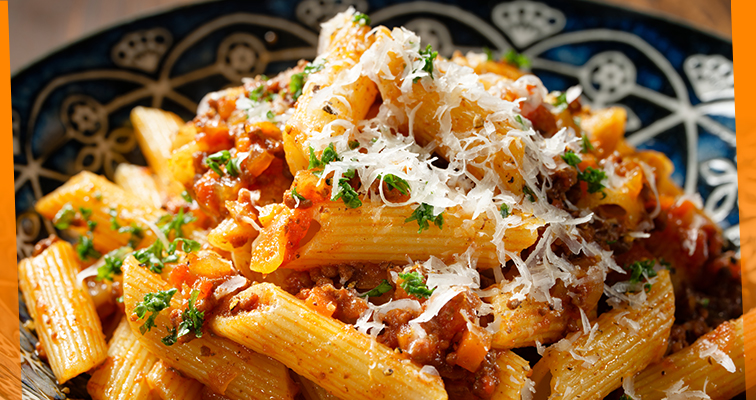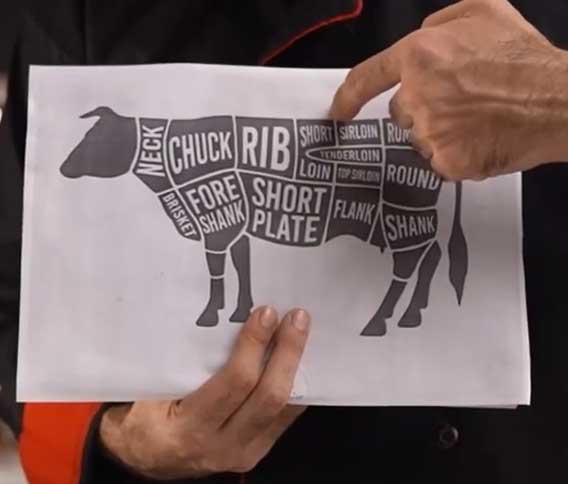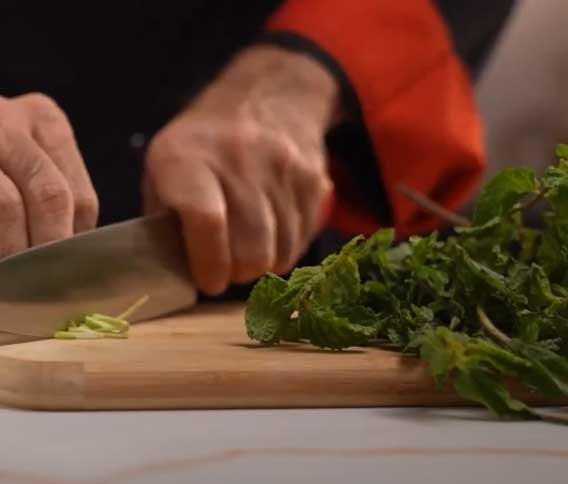
When you think of pasta, Italy likely comes to mind, with its renowned culinary tradition of spaghetti, lasagna, and ravioli. However, the origins of this beloved dish stretch far beyond the Mediterranean, tracing back to ancient China. Evidence suggests that pasta, or a similar noodle-like food, was being eaten in China as early as 4,000 years ago.
Archaeologists made this discovery in 2005 when they unearthed a well-preserved bowl of noodles in Lajia, a site along the Yellow River. The noodles, made from millet rather than wheat, closely resembled modern-day pasta in both form and texture. This finding challenges the popular notion that pasta is solely an Italian creation, showing that different cultures were experimenting with similar recipes around the same time.
Journey from China to Italy
Though pasta became iconic in Italy, especially with the development of durum wheat-based varieties, its true history is more complex. The food’s journey from ancient China to Italy likely took place through trade routes like the Silk Road, where ingredients and ideas merged across continents.
While Italy has certainly perfected and popularized pasta in ways the world now loves, it’s fascinating to consider that its humble beginnings can be traced back to China, centuries before Marco Polo. In many ways, pasta is a symbol of how interconnected food cultures truly are.





